Canadian Symbols
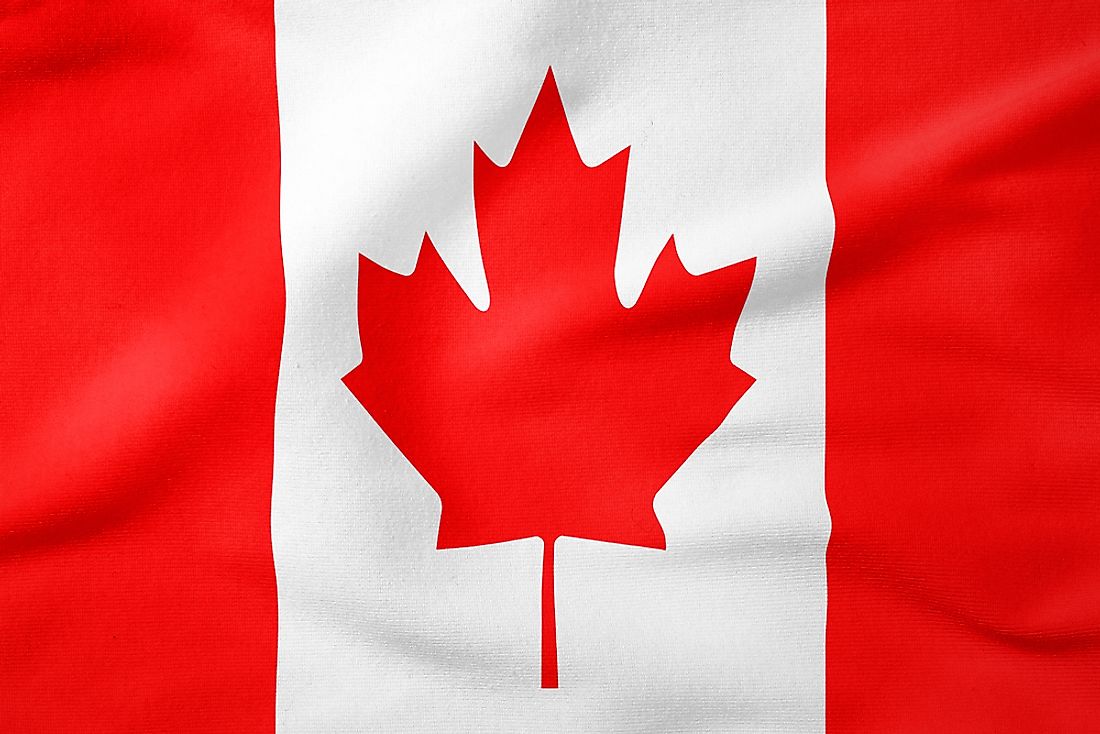
The national symbols of Canada function as a representation of the Canadian people and their country. The symbols are also used for showing patriotism or nationalism during celebrations. Canada’s national, provincial, and territorial symbols not only epitomize the values of citizens and their country but also represent its territories and provinces. Here are the most common national symbols of Canada.
8. National Tartan
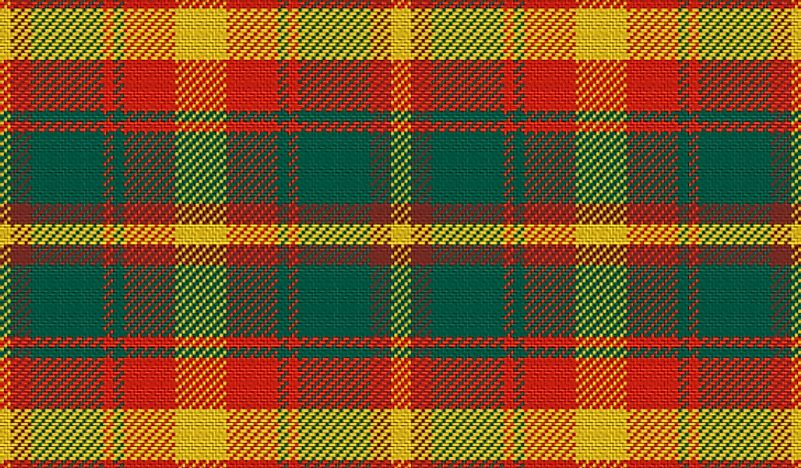
The Maple Leaf Tartan was officially adopted on March 9th, 2011 as a Canadian national emblem. The tartan was created in 1964 by David Weiser in commemoration of the 100th anniversary of the confederation of Canada that was due to take place in 1967. The tartan’s design incorporates all the color changes the maple leaf goes through during all the four seasons. The green pattern represents the color of the maple leaf during summer, the red color represents the color of the maple leaf during the first frost, the gold represents early autumn, and the brown represents the color of the leaf before winter.
7. National Sport
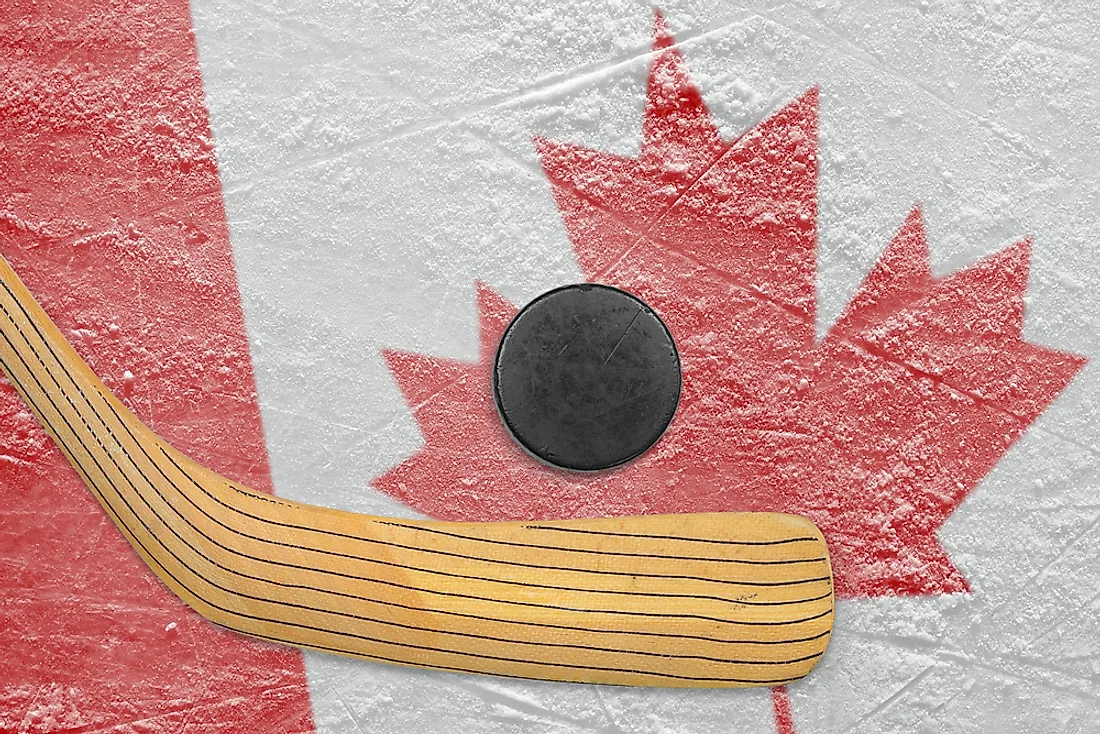
The Canadian parliament declared lacrosse as the national sport during summer and ice hockey as the national sport during winter. The two were officially made national sports on May 12th, 1994 when the National Sports of Canada Act was passed.
6. National Animals

The beaver and the Canadian horse are two national symbol animals in Canada, the beaver having been recognized in 1975 while the Canadian horse was recognized as a national symbol in May 2002 by the Canadian parliament. The Canadian horse is a symbol of resilience, intelligence, endurance, and great strength. The Canadian horse was faced by extinction threats in the 19th century, so its preservation started in the late 1800s through the 20th century.
5. National Tree
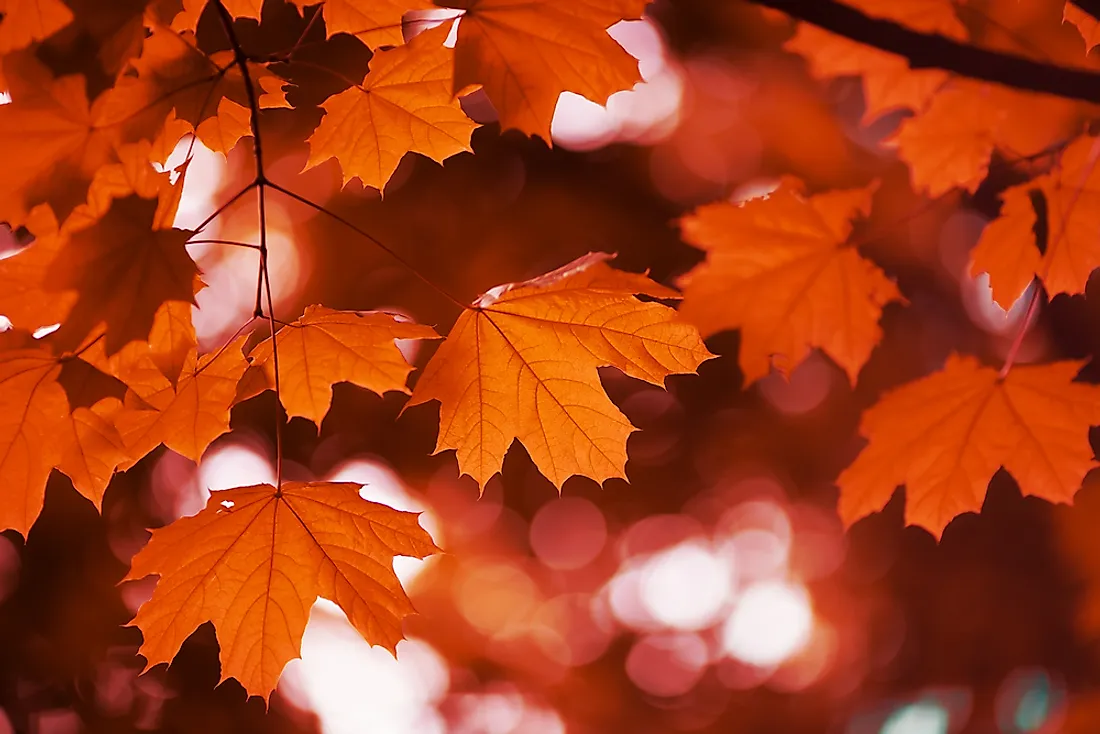
Despite the maple leaf’s close association with Canada, the maple tree was not formally acknowledged as a national symbol until 1996. The Canadian trees have played a significant role in the country’s development and they continue to be of environmental, aesthetic, and commercial significance. Maple trees in Canada are used for producing valuable wood products and in the production of maple sugar and syrup.
4. National Colors
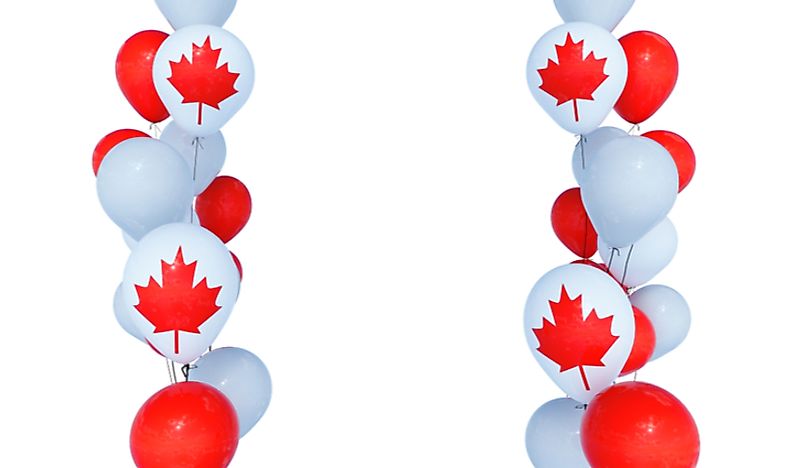
The national colors of Canada became official on November 21, 1921 as a result of the proclamation of the Canadian Coat of Arms by King George V the colors are red and white. The national colors trace their roots to the 11th century when they were used at the first crusade. The white color is symbolic of France and red is symbolic of England and the colors have been used representatively by the two European countries in the past.
3. Motto
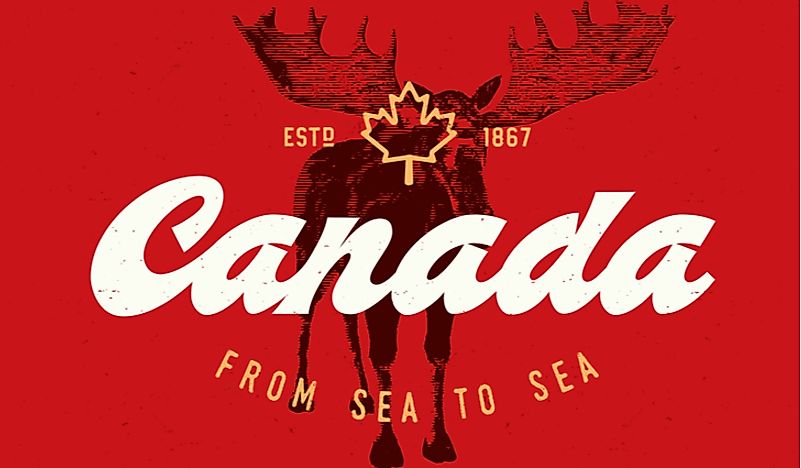
The Canadian national motto is A Mari Usque Ad Mare which is officially translated in English as "From Sea to Sea" and "D’un océan à l’autre’" in French. The motto’s phrase is derived from the Latin translation of a Bible verse found in Psalms 72:8. The motto was officially made a national symbol on November 21st, 1921.
2. National Anthem
The national anthem of Canada was declared official on July 1st, 1980 which was one century later after it had already been sung on June 24th, 1880 in the City of Quebec. The Canadian national anthem was composed by a renowned composer Calixa Lavallée while the French lyrics were written by Adolphe-Basile Routhier. The English version of the anthem was written by Robert Stanley Weir in 1908.
1. National Flag
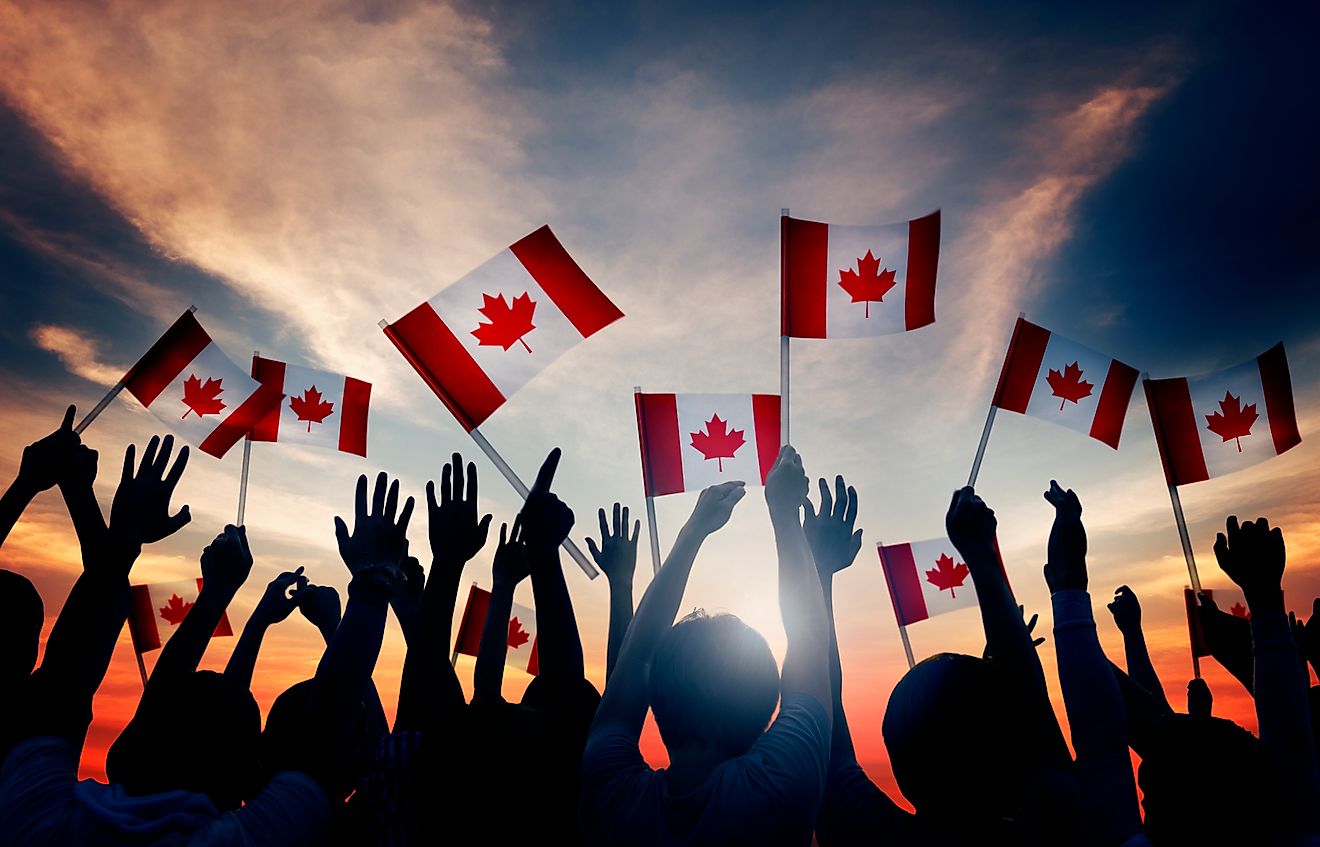
The national flag of Canada is red and white in color with a distinctive maple leaf in the middle. After a considerable amount of discussions over the years, the national flag was officially adopted on February 15th, 1965 when it was raised for the first time over Parliament Hill. The red and white pattern on the national flag is constituted from Canada’s Military College and the ribbon of the country’s General Service Medal of 1899 which was a British medal of honor given to the people who defended Canada in the battles that took place during the 19th century. Every 15th of February Canada commemorates the adoption of the flag by celebrating the National Flag day.
National, Provincial, And Territorial Symbols Of Canada
| Rank | Province/Territory Flag and arms | Bird | Animal (Mammal) | Fish | Flower | Tree | Mineral |
|---|---|---|---|---|---|---|---|
| 1 | Alberta | Great horned owl | Bighorn sheep | Bull trout | Wild rose | Lodgepole pine | Petrified wood |
| 2 | British Columbia | Steller's jay | Spirit bear | Pacific salmon | Pacific dogwood | Western redcedar | Jade |
| 3 | Manitoba | Great grey owl | Plains bison | Walleye | Prairie crocus | White spruce | Nickel |
| 4 | New Brunswick | Black-capped chickadee | - | - | Purple violet | Balsam fir | - |
| 5 | Newfoundland and Labrador | Atlantic puffin | Caribou | Cod | Purple pitcher plant | Black spruce | Labradorite |
| 6 | Northwest Territories | Gyrfalcon | - | Arctic grayling | Mountain avens | Tamarack larch | Diamond |
| 7 | Nova Scotia | Osprey | - | Brook trout | Mayflower | Red spruce | Stilbite |
| 8 | Nunavut | Rock ptarmigan | Canadian Eskimo dog | - | Purple saxifrage | - | - |
| 9 | Ontario | Common loon | - | - | White trillium | Eastern white pine | Amethyst |
| 10 | Prince Edward Island | Blue jay | - | - | Lady's slipper | Red oak | - |
| 11 | Quebec | Snowy owl | - | - | Blue flag iris | Yellow birch | - |
| 12 | Saskatchewan | Sharp-tailed grouse | White-tailed deer | Walleye | Western red lily | Paper birch | Potash |
| 13 | Yukon | Common raven | - | - | Fireweed | Subalpine fir | Lazulite |











